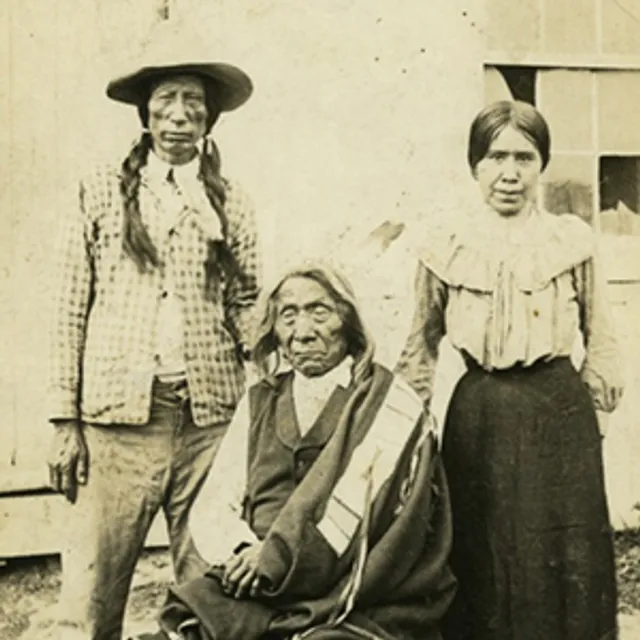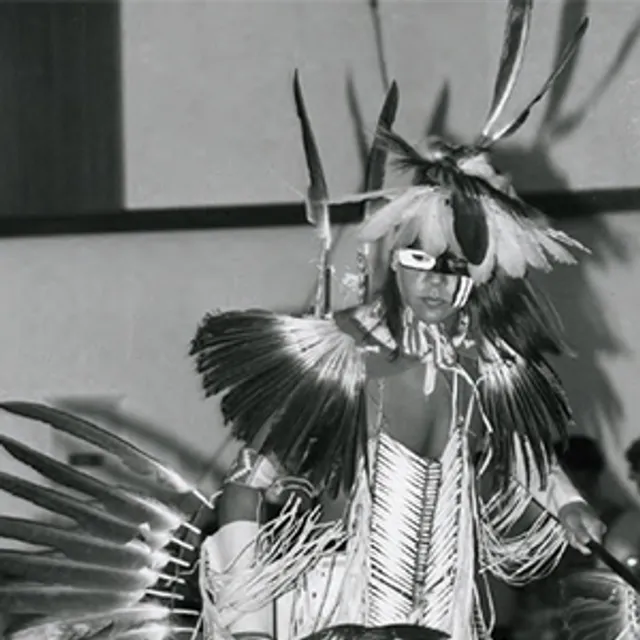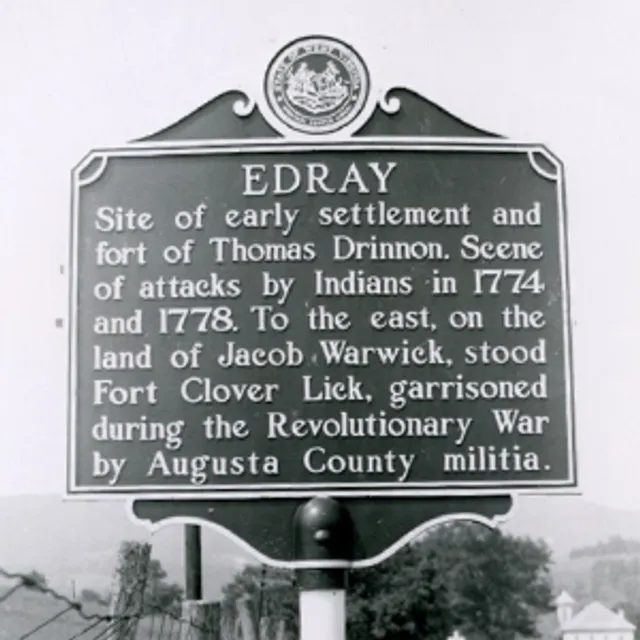Moving Forward: Engaging Indigenous Communities in Archives
The Indigenous Appalachia exhibit strives to educate and inspire. There is much to embrace as we begin examining the complete history of our state and region. The Libraries acknowledge many of its current holdings lack inclusivity and contain harmful misrepresentations of Native People. The Libraries honor the presence and significance of Indigenous People past, present, and future.
Our acknowledgement serves to recognize that our collection is incomplete and therefore a misrepresentation of history. In hopes of bridging these gaps the Libraries must contextualize items that reveal the consequences of the intersection of these cultures, in so doing begin to present a comprehensive understanding of the impact of colonialism and Indigenous experience historically and moving forward.
A way to move forward is to engage Indigenous communities with identifying or recontextualizing holdings. Exhibit advisor Joe Stahlman, Director of the Seneca-Iroquois Museum, generously responded to a few items in our collections, providing a deeper understanding for our documentation. For example, a donation of Native American clothing was first described as costume, and altered to clothing, as “costume” suggests a performative rather than lived identity. Moreover, the clothing was identified as created by a Non-Native artist. Another series of clothing has been in a vault of the archives for some time; the background is unknown. We are working with Dr. Stahlman to figure out the identity and whether we need to comply with NAGPRA. We hope to continue to engage Indigenous communities with our archives; if you are interested in helping advise on our archives please get in touch!

WVU’s Native American Studies Program
WVU’s Native American Studies Program has been a strong resource for developing deeper understanding campus- and community-wide since the 1980s. Through this notable program, outstanding Native leaders have come to campus offering their insights as elders and governmental leaders in their Native communities, sharing their perspectives as writers, scholars, artists, activists, teachers, and cultural preservationists. Native teachers from some of the hundreds of Native Nations have offered courses on campus, visited our classrooms as guest lecturers, and dialog with students, faculty, and community members.
As part of their regular coursework, students learn from films, artwork, scholarship, music, and literature produced by Native people and read Native news publications and tribal websites. Through classes and other opportunities facilitated by faculty, students have traveled to visit and study in diverse Indigenous communities such as the Navajo Nation, the Eastern Band of Cherokee, the Native Village of Tuntutuliak, Alaska, the Yankton Sioux Reservation, Pine Ridge (Oglala Sioux) Reservation, Agua Caliente Band of Cahuilla Indians, Pueblo of Acoma, the San Carlos Apache Reservation, and Native Hawaiian communities on the island of Kaua`i. Classroom presentations on a wide range of topics have been given by lecturers from diverse tribal backgrounds, including: Blood Tribe, Wiyot, Mandan, Hidatsa, Choctaw, Apache, Lakota,
Eastern Band of Cherokee, Cherokee Nation, Cheyenne, Monacan, Shawnee, Seneca, Seneca-Cayuga, Onondaga, Wampanoag, Pascua Yaqui, Navajo, Hopi, Oneida, Ojibwe, Lumbee, Salish, Isleta Pueblo, Yup'ik, Chickasaw, Luiseno Band of Mission Indians, Delaware, Mohawk, Huron, Tuscarora, Modoc, Mohegan, Hodulgee Muscogee, Chippewa, Comanche, Inuk, Alutiiq, Pawnee, Yuchi, Citizen Potawatomi, Menominee, and so on.
In addition, faculty and students attend and participate in Native American cultural events in the region and beyond, enriching their cultural awareness and appreciation. NAS activities allow students to learn about and visit important nearby sites such as the Grave Creek Mound Archaeology Complex in Moundsville, West Virginia, the Meadowcroft Rockshelter near Avella, Pennsylvania, home to artifacts dating back 16,000 years, the Alcoa Foundation Hall of American Indians at Pittsburgh’s Carnegie Museum of Natural History, Ohio’s Great Serpent Mound, the Newark, Ohio Earthworks complex, Cahokia Mound City, and Ft. Necessity National Battlefield, among others.
Our program has been represented at such important gatherings as the annual convention of the National Congress of American Indians, the American Indian Studies Consortium, the conferences of the American Indian Studies Association, the Native American and Indigenous Studies Association Conference, and the Native American Literature Symposium, USET-United South and Eastern Tribes meetings, as well as the 2004 grand opening ceremonies for the Smithsonian’s National Museum of the American Indian.
For more information visit https://nas.wvu.edu/about.




